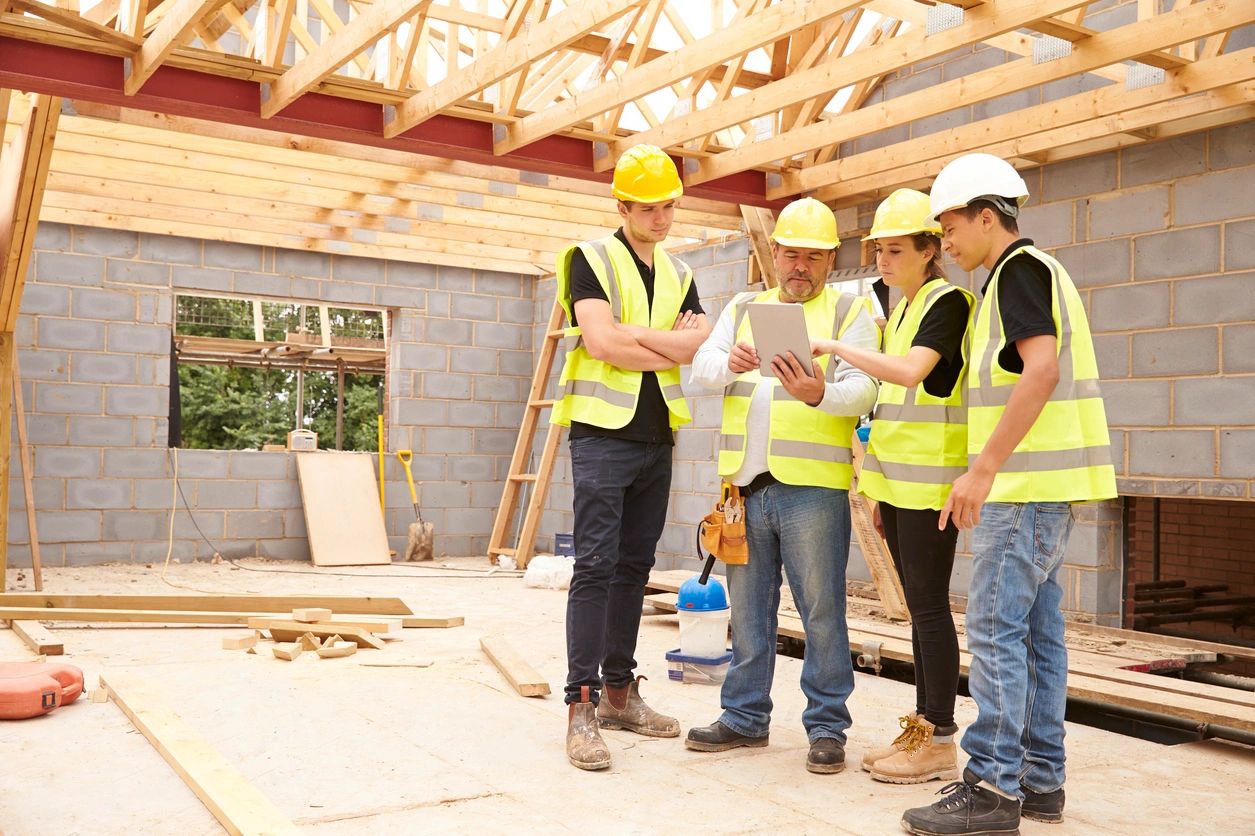
25 checkpoints for assessing slope stability in an open cast mine:
- Conduct a thorough site investigation and geological study to understand the terrain and rock formations in the area.
- Identify the slope characteristics such as slope angle, height, and orientation.
- Assess the water table and water flow in the area to identify potential destabilization factors.
- Evaluate the potential impact of mining activities on the slope stability, including blasting and excavation.
- Determine the rock mass properties and classify the slope according to the Rock Mass Rating (RMR) system.
- Conduct a detailed survey of the slope to identify any surface features that could indicate instability.
- Monitor the slope over time to track any changes or movement.
- Use geotechnical instrumentation to measure slope movements, including inclinometers, extensometers, and piezometers.
- Install groundwater monitoring wells to track changes in water levels.
- Conduct laboratory tests on rock samples to determine their strength properties.
- Identify the presence of faults or other geologic structures that could affect slope stability.
- Evaluate the impact of seismic activity on slope stability.
- Consider the impact of weathering and erosion on the slope stability.
- Conduct a stability analysis using appropriate software or analytical methods.
- Evaluate the slope stability under different conditions, such as peak rainfall or extreme weather events.
- Determine the potential failure modes of the slope, such as plane, wedge, or toppling failures.
- Evaluate the factor of safety of the slope, including both static and dynamic factors.
- Consider the potential consequences of slope failure, such as damage to equipment or personnel injuries.
- Develop a slope management plan that includes monitoring, maintenance, and emergency response procedures.
- Implement slope stabilization measures such as slope drainage, benching, and shotcrete.
- Consider the use of rock bolts, soil nails, or other reinforcement techniques to improve slope stability.
- Evaluate the effectiveness of the slope stabilization measures over time.
- Consider the potential impact of climate change on slope stability.
- Train personnel on slope stability and emergency response procedures.
- Regularly review and update the slope stability assessment and management plan as necessary.
Note that this checklist is not comprehensive and that each open cast mine may have unique factors to consider. It’s important to consult with experienced geotechnical engineers and other professionals to ensure a thorough assessment of slope stability.
![]()
